
The first stage — drones are controlled by people. Directly on the battlefield. Mainly for adjusting artillery fire and reconnaissance. The first attempts at shock operations — resets, kamikaze. Radio communication, optical fiber, point-to-point attempts. Development of various types of REB and PEP. Spot application for specific tasks, drones mainly perform an auxiliary function. The second stage — drones are controlled by people.
The distance to the battlefield is constantly increasing, but still within tens of kilometers. Radio communication, optical fiber, LTE, Starlinks, mesh networks, etc. Tactics for combating drones with other robotic platforms are being developed. The first successful and massive attempts at guidance. The first attempts at control at a distance of hundreds of kilometers. Mass suppression of drones by means of EW and mechanical damage: net missiles, shotguns, interceptors, etc.
Development of radar for anti-aircraft drones. Drones are increasingly competing with artillery, tanks, and other weapons. The percentage of hits that come directly from strike drones is growing rapidly. The third stage — drones are still controlled directly by people, in real time. But people are hundreds of kilometers away from drones. People directly near the LBZ almost do not operate drones. Spotters (hamsters) and other people deliver the drones to the starting positions.
A mixture of communication systems with mandatory backup channels. Overhauling is gradually becoming the norm. The first successful cases of autonomy at different stages. Rapid development of various types of interceptors. Non-systematic, point application of electromagnetic and laser weapons in the fight against drones. Damage by drones is 90% + of the total number of all destroyed equipment and manpower of the enemy.
The fourth stage — the drones are initially controlled by people, at a safe distance. Aerial drones are delivered to starting positions mainly by land, water and other aerial drones. At the starting positions, the grouping of drones is controlled by humans, but the final part of the mission is performed by the drones completely autonomously. Almost all the characteristics of the previous stages are included.
The fifth stage is the fully autonomous operation of groups of drones of different types, classes and with different functionality. Interaction of air, ground and water platforms within the framework of joint systems of autonomous management of the battlefield. The battlefield of drones can be any point on the map, deep in the rear, beyond the traditional understanding of the front.
The autonomous destruction of one drone by another is becoming one of the most effective ways to combat the robotic invasion of the land, water, and air domains of war. Clear boundaries of the battlefield are lost, an attack can occur at any moment, "sleeping" unmanned systems are instantly activated at almost any point on the map. Autonomous robotic systems become the basis of attack and defense for each side.
All these stages, including the fifth, will be mixed and applied simultaneously at some point in time. The characteristics of different stages will also be mixed. The party that will be able to quickly increase the system of large-scale production and application of autonomous robotic platforms will win. The other side will be forced to surrender, because it will be impossible to resist an army of autonomous robots without an army of autonomous robots.
If the technological shield and the sword will develop at approximately the same speed, a certain technological balance of power may be formed, which will lead to a stalemate and create the conditions for a possible truce. A short summary — all efforts should be invested in the development of your own army of autonomous robots. The thing that will be able to autonomously destroy in the sky, on the water and on the ground everything that moves towards us from the side of Russia.


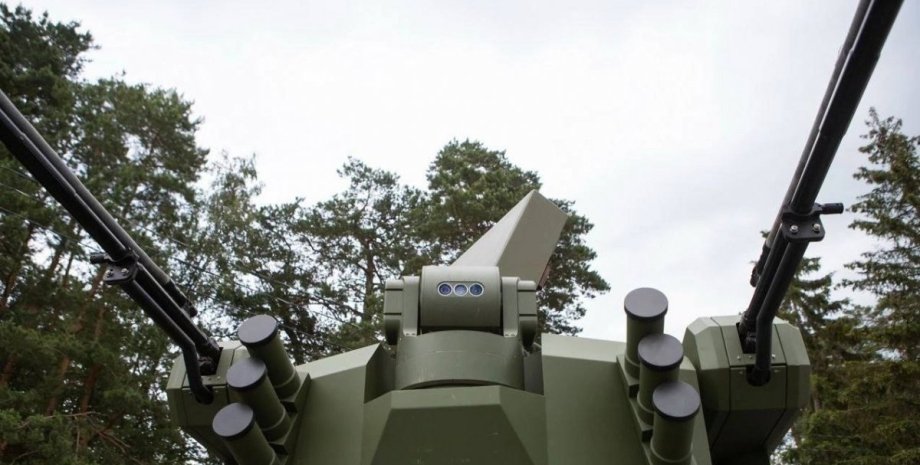
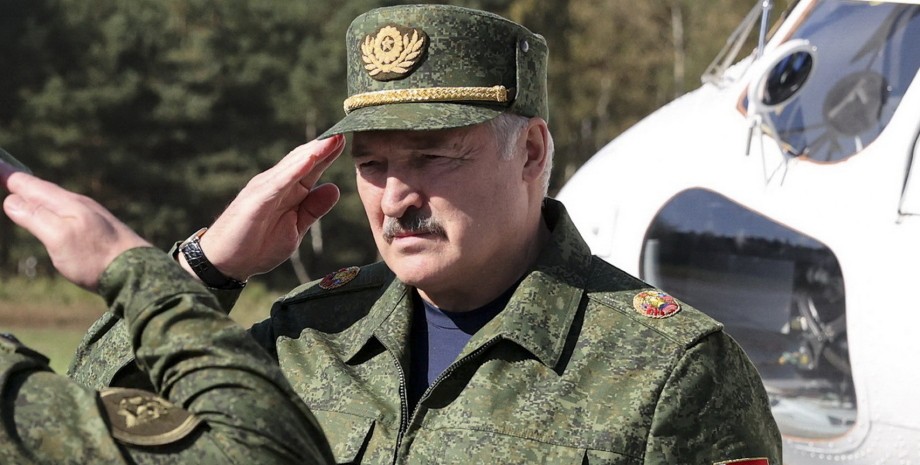
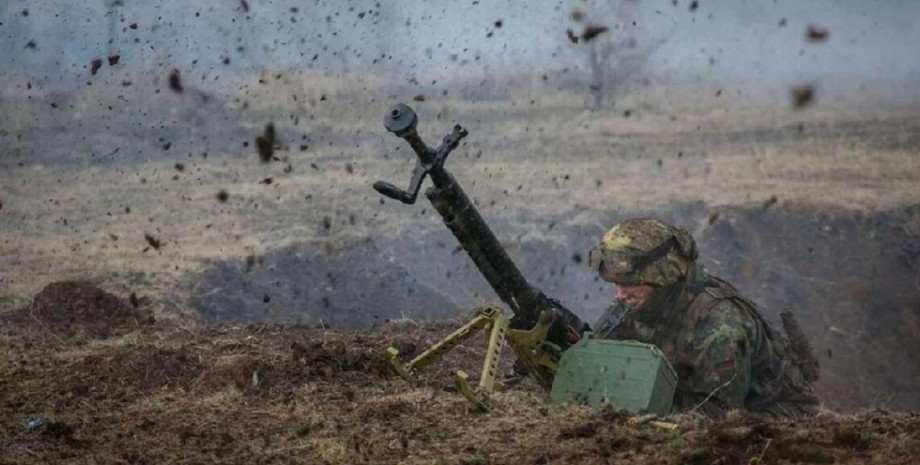

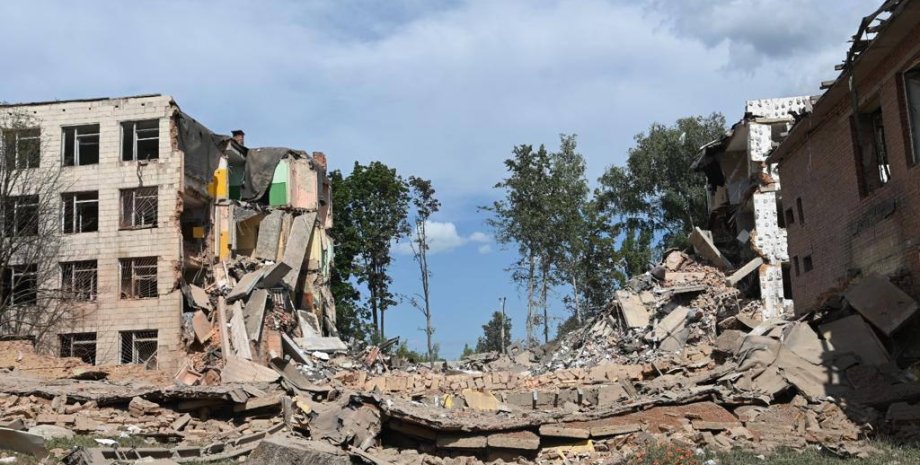
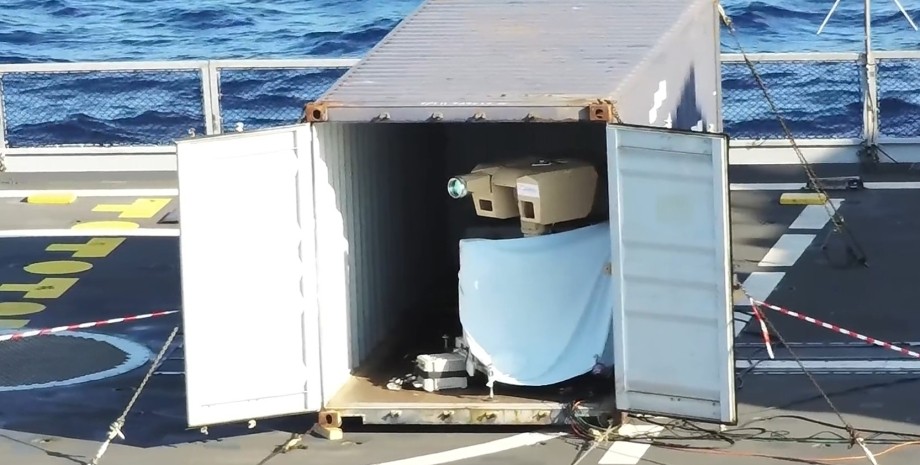

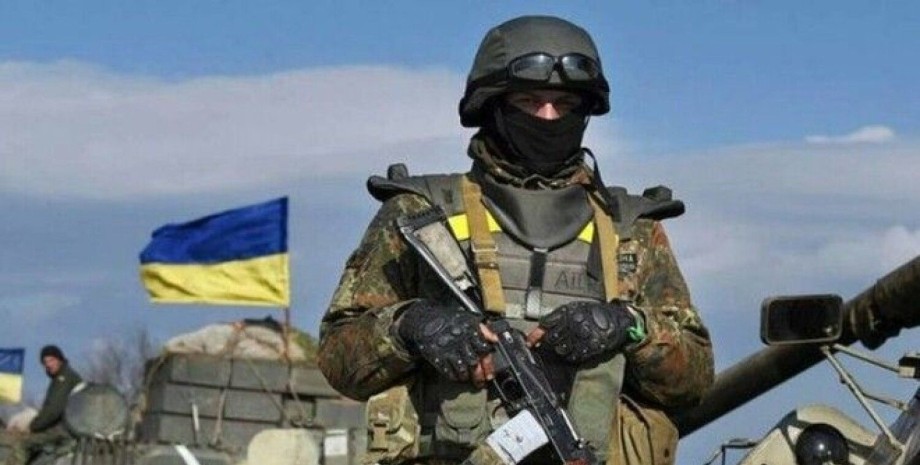
All rights reserved IN-Ukraine.info - 2022